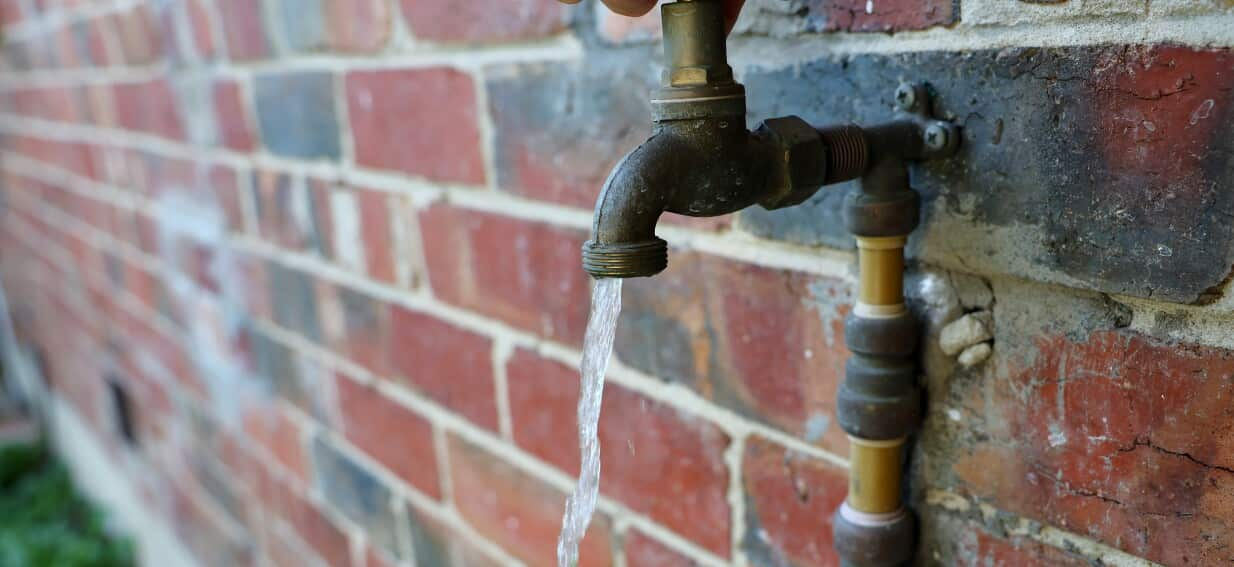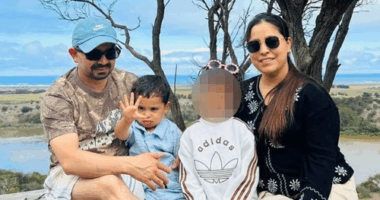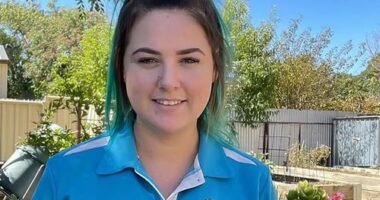Share this @internewscast.com

But what exactly is this organism, and how substantial is the risk for these Queensland towns and others?
What is the brain-eating amoeba?
If someone is infected with N. fowleri, it causes what’s called primary amoebic meningoencephalitis, a serious infection of the brain.
A comprehensive review of the disease up to 2018 found 381 recognized cases, with Australia reporting 22, ranking fifth worldwide after the US, Pakistan, Mexico, and India. A striking 92 percent of those infected died.
How do people get infected?
The means of infection is quite atypical. N. fowleri infects by entering the brain through the nose, navigating through a protective layer known as the nasal epithelium.
Concerning the recent findings in Queensland, the source of the contamination remains unidentified. A freshwater source or groundwater feeding the affected systems might have been tainted with N. fowleri, potentially allowing the amoeba to spread. Further investigations are anticipated to provide clarity.
Is it dangerous in drinking water?
But any activity that allows infected water to enter a person’s nose is potentially dangerous. This can happen during a bath or a shower.
Younger children engaging in water-related activities like hose or sprinkler play may be vulnerable. A tragic case involved a 16-month-old who died in 2023 in the US after using a contaminated water “splash pad,” a recreational zone designed for kids to enjoy water play.
What is the risk in Queensland?
All public town water supplies across Australia are regularly tested to ensure that water is safe to drink.













